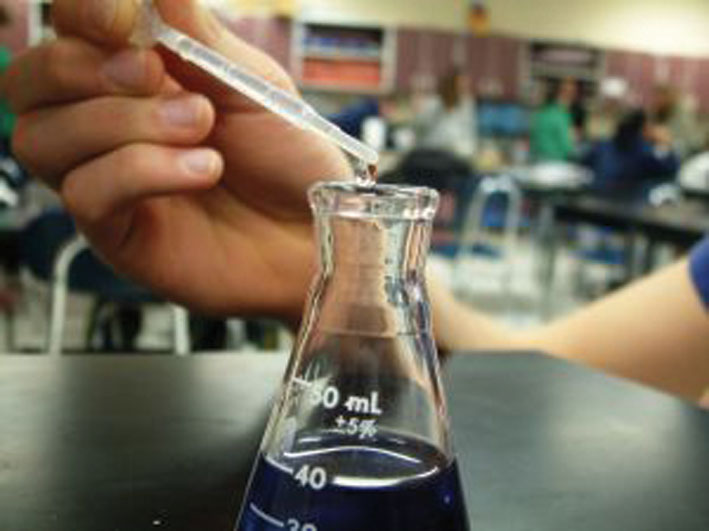TNO focus on food safety and risk management
23 May 2007 | By Hilde Cnossen & Marijke van Dusseldorp, TNO Quality of Life
TNO Quality of Life is one of the five core areas of the Netherlands Organisation for Applied Scientific Research. TNO carries out research aimed at providing concrete solutions to problems encountered by industry and government bodies in six areas of activity: Work and Employment, Chemistry, Innovation Policy, Prevention and Healthcare,…






